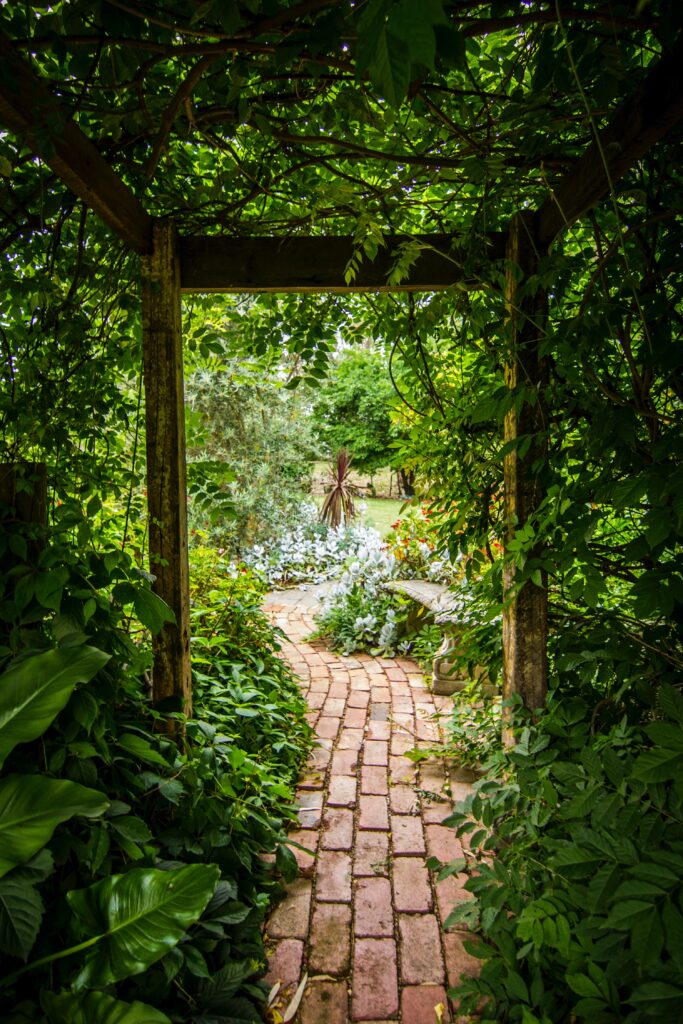Oriental Nippon
Services we Offer
Orient Nippon Company typically offers a range of services related to buying, selling, renting, or managing properties
Japanese Language and culture center
Teach online and offline Japanese language. Oriental Nippon development will also provide career consulting services for students and professionals
Contact UsCommercial Real Estate Services
Offering services related to commercial properties, such as office spaces, retail locations, and industrial properties.
Contact UsIT Offshore Solutions & Recruitment for Japan
Oriental Nippon Development provides Japanese companies recruiting facility also provide them offshore services to get their job done by high skilled IT professionals
Contact UsBusiness and sight seeing tour arrangements
We offer tailored business tours for Japanese companies, combining corporate activities with cultural experiences, including logistics, matchmaking, and post-visit support.
Contact UsVila - Building - Office
JAPANESE GARDEN

A Japanese garden, known as “Nihon Teien” (日本庭園) in Japanese, is a meticulously designed outdoor space that embodies the principles of Japanese aesthetics, spirituality, and nature appreciation. These gardens have a rich history dating back over a thousand years and are revered for their serene and harmonious qualities. Here are some key characteristics and elements that define a Japanese garden:
1. Natural Elements
Japanese gardens are designed to mimic and harmonize with the natural landscape. They often incorporate elements such as water (ponds or streams), rocks, sand, and various types of plants, including trees, shrubs, and moss.
2. Balance and Harmony
Balance and harmony are fundamental principles of Japanese garden design. The arrangement of elements, including the size and placement of rocks and plants, aims to create a sense of balance and tranquility.
3. Seasonal Variations
Japanese gardens are designed to be appreciated throughout the seasons, and each season brings its own beauty. Cherry blossoms in spring, lush greenery in summer, vibrant foliage in autumn, and the simplicity of winter all play a role in the garden’s aesthetics.
4. Stone Lanterns and Pagodas
Traditional Japanese stone lanterns (Ishidoro) and pagodas (Tō) are common features in Japanese gardens. These stone structures are often strategically placed to provide illumination and serve as focal points.
5. Bridges and Paths
Bridges and pathways are carefully designed to guide visitors through the garden. They may be made of wood, stone, or other natural materials and are often curved to create a sense of anticipation and discovery. Many elements in Japanese gardens have symbolic meanings. For example, stones may represent islands, and the arrangement of rocks and plants may evoke landscapes or mountains.
OUR BEST REVIEW’S
Inspiring Tech Needs For Business

“The passage experienced a surge in popularity during the 1960s when Letraset used it on their dry-transfer sheets, and again during”
Marko Polo
CEO, DBBL Bank Ltd.
“Quickly formulate high yield web services before functional process improvements enable premier with e-business customer service.”
Vivi Marian
CEO, Hosak Int. Ltd.Need A Consultation?
Specialized in organizing business tourism
Customized Business Itineraries
Tailored schedules with company visits, B2B meetings, and relevant trade expos.
Corporate Matchmaking
Arranging business meetings with local partners, distributors, manufacturers, and government bodies.
Factory and Site Visits
Organized tours to factories, industrial zones, and other key business facilities.
Translation and Interpretation Support
Professional Japanese-English interpreters and document translation services available throughout the tour.
Logistics and Transportation
Airport pickups, private transportation, and local travel coordination.
Accommodation and Hospitality
Hotel reservations, executive lounges, and culturally appropriate hospitality services.
Seminars and Briefings
Business seminars on local regulations, market trends, investment opportunities, and tax/legal guidance.
Cultural Experience Add-ons
Optional sightseeing and cultural immersion programs to enhance the visit.
Visa and Travel Assistance
Support with visa applications, travel insurance, and pre-departure preparations.
Post-Visit Follow-up Support
Ongoing coordination for follow-up meetings, communication, and deal facilitation.

